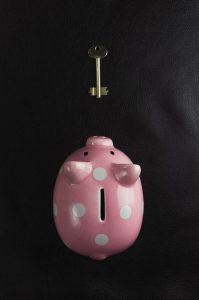Forex trading can be an exciting and profitable venture, but it can also be risky and complex. Knowing when to place a trade is crucial to success in the forex market. This article will provide a comprehensive guide on how to know when to place a trade on forex.
1. Analyze the Market
The first step in determining when to place a trade on forex is to analyze the market. This involves studying the trends, analyzing the charts, and identifying the patterns. You can use technical analysis tools such as moving averages, Fibonacci retracements, and candlestick charts to help you identify potential trades. Fundamental analysis, such as monitoring economic indicators and news events, can also provide insight into currency movements.
2. Identify Trading Signals
Once you have analyzed the market, you need to identify trading signals. These are specific indicators that suggest when to enter a trade. Trading signals can be generated by technical or fundamental analysis. For example, a technical trading signal might be when the price of a currency pair breaks through a key resistance level. A fundamental trading signal might be when a country releases positive economic data that suggests a strengthening currency.
3. Set Entry and Exit Points
Once you have identified a trading signal, you need to set entry and exit points. This involves determining the price at which you will enter the trade and the price at which you will exit the trade. Entry and exit points are crucial to managing risk and maximizing profits. A stop-loss order can be placed at the exit point to limit potential losses, while a take-profit order can be used to lock in profits.
4. Consider Risk Management
Risk management is an essential part of forex trading. You need to consider the potential risks associated with a trade and take steps to mitigate them. This can include setting stop-loss orders, limiting the size of your positions, and diversifying your portfolio. It is important to remember that forex trading involves risk, and you should only trade with money that you can afford to lose.
5. Monitor the Trade
Once you have placed a trade, you need to monitor it closely. This involves keeping an eye on the price movements and any news or events that could impact the trade. You should also be prepared to adjust your entry and exit points if necessary. Forex trading is a dynamic market, and conditions can change rapidly, so it is important to stay alert and flexible.
6. Practice Patience
Finally, it is important to practice patience when trading forex. You should not rush into trades or make impulsive decisions based on emotions. Take the time to analyze the market, identify trading signals, and set entry and exit points. Remember that forex trading is a marathon, not a sprint, and success requires discipline and perseverance.
In conclusion, knowing when to place a trade on forex requires a combination of analysis, strategy, and risk management. By analyzing the market, identifying trading signals, setting entry and exit points, considering risk management, monitoring the trade, and practicing patience, you can increase your chances of success in the forex market. Remember to always trade with caution and never risk more than you can afford to lose.






